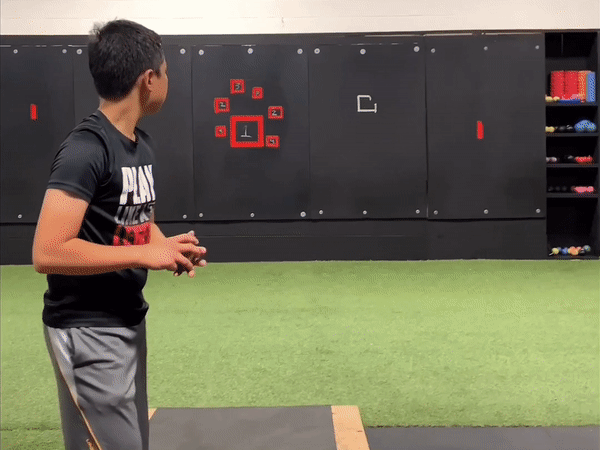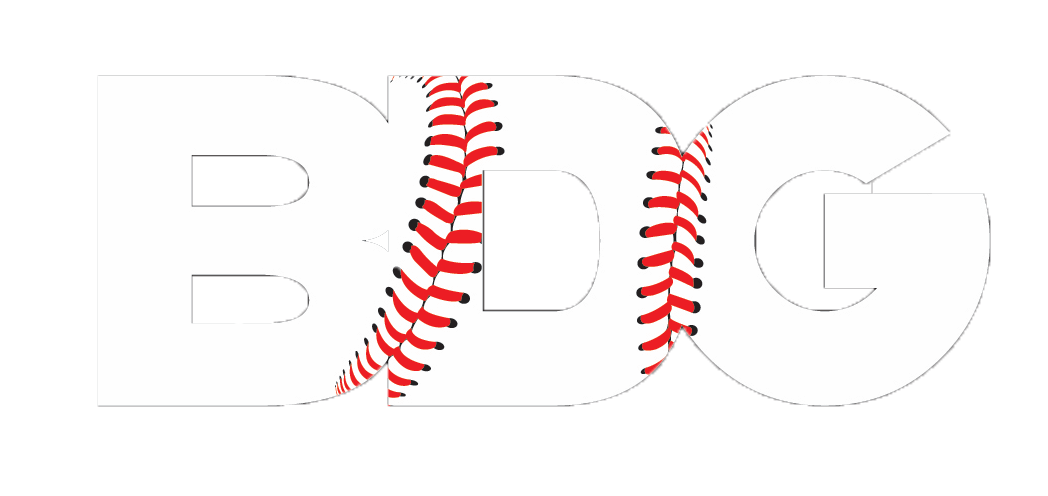Youth Development: Gamifying Skill Work
With our Youth Fall Clinic ending a week ago I thought it would be a good time to talk about our philosophy for developing youth athletes; namely, the concept of gamification and the unique benefits that stem from it.
Gamifying skill work (ie. learning how to throw/pitch) serves a ton of purposes but we can break it down into three overarching principles.
1): Makes Skill Acquisition Fun
As a coach of a youth athlete, your #1 job is to instill a love for the game and in extension, a love for training and improving at the game.
Using games as a reward at the end of training sessions keeps young athletes engaged throughout the practice.
Additionally, “play” is essential for the development of skill. Play serves as a free space for learners to test new movement and improvise (ie. self-organize). Stuart Brown summed up the benefits of play perfectly in his book Play by stating: “Play creates new neural connections and tests them. It creates an arena for social interaction and learning. It creates a low-risk format for finding and developing innate skills and talents.”

2): Challenges the Athlete’s Movements Through Task Constraints
Varying things like ball weight, distance from the target, size of the target, rules of the game, etc, encourage the athlete to self-organize their movements to complete the goal — in this case, the game.

“Jeter Throws”
These constraints are highly successful for athletes of all ages but even more so with the youth demographic because of its external focus.
While internal cueing is certainly necessary when teaching an athlete such a complex movement like throwing it is not necessarily the best method with young athletes. At the very least, we need to keep our internal cueing to a minimum with the youth demographic. The advantage of external cues with youth athletes is that it leaves less room for misinterpretation between you and an athlete that has limited vocabulary and proprioception. While internal cues themselves are not inherently bad, when they are misinterpreted they can cause unwanted movements — when left unchecked this can cause bad habits that are hard-wired into their motor patterns.

3): Breeds Competitiveness
Gamifying skill work is more than just having “fun” — it’s also about teaching young athletes how to compete.
Through a simple game like the one showcased in Figure 1 here, athletes develop ways to handle pressure. If you watch the athlete in the black shirt, you will see he takes a deep breath and sharpens his focus when he is forced to hit the 1 — and he successfully does just that.
Little habits like a deep breath can make a real difference when an athlete returns to in-game competition.
The more they are exposed to competition that at least attempts to mimic the pressures and demands they will feel in the game, the greater the chances they learn those skills.

Figure 1: A game of “pig” during a mound blend day
On a deeper level, this is about creating transferability to sport (ie. out on the field). If all we ever did was low-stress drill work that didn’t mimic the demands of the sport we would not be properly preparing our athletes.
In Nonlinear Pedagogy in Skill Acquisition, transferability to sport is described as a relationship between the intrinsic dynamics (things like genetics) and task dynamics (what the athlete is being asked to do in the game). For higher transferability to sport, we need to match the task dynamics as closely as possible. That means trying to replicate the competition and task constraints of pitching a ball 60 feet 6 inches to home plate. Obviously we are limited in some areas of the task constraints — we can’t have fans, an umpire, and the exact backdrop of throwing to the plate. However, we can replicate the competition aspect pretty well. We can mimic the stress of the game by crowning a winner and a loser and rewarding points for executing a very specific task—throwing a ball to a target. We can then enhance that experience by layering in task constraints that further stress the athlete to perform. In the end, the athlete that executes the best under the variety of constraints we’ve thrown at them will come out on top. And for those that fall short, they learn valuable skills while taking part in “play”.
Concluding Thoughts
When all is said and done, gamifying skill development leaves us with the best of both worlds of training and competition. It allows a space for play and adds competitiveness that rivals the emotions felt while playing the game. It introduces a variety of task constraints in the form of rules that allows athletes to self-organize without the constant verbal cues from a coach. Ultimately, turning skill acquisition into games should be a big part of the development of youth pitchers, hitters, etc.
References:
Play by Stuart Brown M.D., Christopher Vaughan
Nonlinear Pedagogy in Skill Acquisition: An Introduction by Jia Yi Chow, Keith Davids, Chris Button, Ian Renshaw
